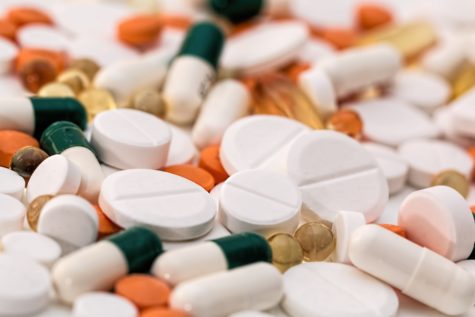BEIJING, China — When people enter a hospital, most probably don’t think about the side-effects of their medication — they just want to feel better. Unfortunately, a new study finds even common painkillers can cause liver damage in hospital patients.
Drugs like aspirin, ibuprofen, and naproxen belong to a group called non-steroidal anti-inflammatory drugs (NSAIDs). Doctors and patients need to be aware of their dangers, researchers in China warn.
“Our results showed that the incidence in hospital patients was 13 times higher than that of the general population in mainland China,” says corresponding author Dr. DaiHong Guo from the Chinese People’s Liberation Army General Hospital in Beijing in a statement to SWNS. “The incidence of liver injury for many drugs has been seriously underestimated.”
Patients with high cholesterol, cardiovascular disease, pre-existing liver disease, a history of prior surgeries are most vulnerable. The findings come from an analysis of hospital records of 156,570 individuals. Study authors identified 499 cases of drug-induced liver injury (DILI), an incidence rate of 0.32 percent.
Results show anti-infective agents and cancer medications can also cause DILI. The greatest threat appears to come from voriconazole, an anti-fungal medication.
“We have carried out DILI-related real-world study with the help of information technology to provide a more accurate reference for safe and rational drug use,” Dr Guo adds in a media release.
Antibiotics common in the U.S. pose a risk too
Antibiotics such as cephalosporins are the most common drug classification that causes liver damage. Ceftriaxone is the most common of these in use in both Europe and America.
“Indeed, other cephalosporins have a lower incidence of liver injury than ceftriaxone and our research results also confirmed this,” Dr. Guo explains. “The only difference was cefoperazone, the highest-ranked agent. Cefoperazone is less commonly used in the West, but it is extensively used in China and was the drug that caused the most cases of liver damage in this study.”
Researchers note voriconazole can cause clinically acute drug-induced liver injury and had with the highest incidence rate in the study (1.33%).
“The diagnosis of DILI requires consideration of multiple factors,” the study author continues. “The rational application of systematic screening and manual identification can improve the efficiency of group entry. DILI patients have a long hospital stay, low morbidity and high mortality.”
“The DILI characteristics of different drugs were very different,” Guo concludes. “Patients with high cholesterol, cardiovascular disease, pre-existing liver disease and surgical history are at a higher risk of DILI and need to be closely monitored.”
The findings appear in the British Journal of Clinical Pharmacology.
SWNS writer Mark Waghorn contributed to this report.
